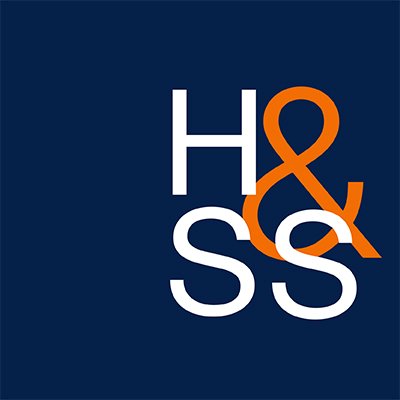The following post was written by Sara Robertson, PhD student, History of Health Sciences, UCSF.
In honor of UCSF’s 150th anniversary and in an effort to restore 150 books in their archives and rare books collection, UCSF’s Library recently initiated an “adopt-a-book” program. It is with much excitement that the Department of Anthropology, History & Social Medicine, with support from the UC Medical Humanities Consortium, have adopted Jacob Bigelow’s "American Medical Botany" for preservation.
This book comprises all three volumes of the complete work which were printed separately in 1817, 1818, and 1820.
I had a chance recently to look at the book before its restoration, and carefully turning through its pages, the novelty and significance of American Medical Botany proliferated.
Bigelow organized his text by dedicating each section to a species of plant. Each section then contains an engraving, a thorough description of the plant’s morphology, any medical or other ethnobotanical uses, and a list of references. The three volumes collectively describe sixty different plant species and present fifty-eight color engravings (two of the engravings are missing from the copy).
Within each plant description, Bigelow offers a glimpse into nineteenth-century commercial interests with plants, but also plant remedies; both those derived from experiments and time-tested lay regimens. In his account of common hops (Humulus lupulus), for example, Bigelow discusses Dr. A.W. Ives’ efforts to refine hops for a better beer product.
But he then describes Dr. Smith’s efforts to pinpoint the plant’s medicinal quality and speculates on the lay practice of promoting sleep by resting one’s head on a pillow of hops. In presenting both knowledge acquired by experiment and knowledge promulgated as common sense, Bigelow’s text illustrates the plurality of sources that generated legitimate medical practices for early Americans.
Also of note in American Medical Botany, Bigelow cites botanists alongside both regular and alternative physicians. In a period of medical history marked by tension between orthodox and heterodox practitioners, this text bridges their differences through its exemplification of their commonalities. Moreover, by equating both types of medical epistemology to sources from a utilitarian discipline -- botany -- Bigelow’s text presents the precise sort of egalitarian, useful medicine that Jeffersonian Americans desired and sought.
In an age bent upon the digitization of information, today’s preservation of this sort of physical artifact becomes increasingly necessary; as it is a tangible reminder that history does not unfold in a series of ones and zeroes. This medical botany text serves as a historical representation of nineteenth-century American discourse regarding the medicinal value of plants. But flipping through its pages, one can uncover so much more concerning early-American ideals and values.
At present, the book’s binding requires attention, as the front cover is partially (and the back cover completely) detached, and the leather spine is deteriorating in the form of red rot. However, the pages of the book appear well-bound and the content therein well-kept. The archivists at Parnassus will send the book to a conservator in the Bay area who will then determine the best method of restoration. The restored text should be available at the UCSF Archives and Special Collections in the next couple of months.
- Log in to post comments



(No subject)